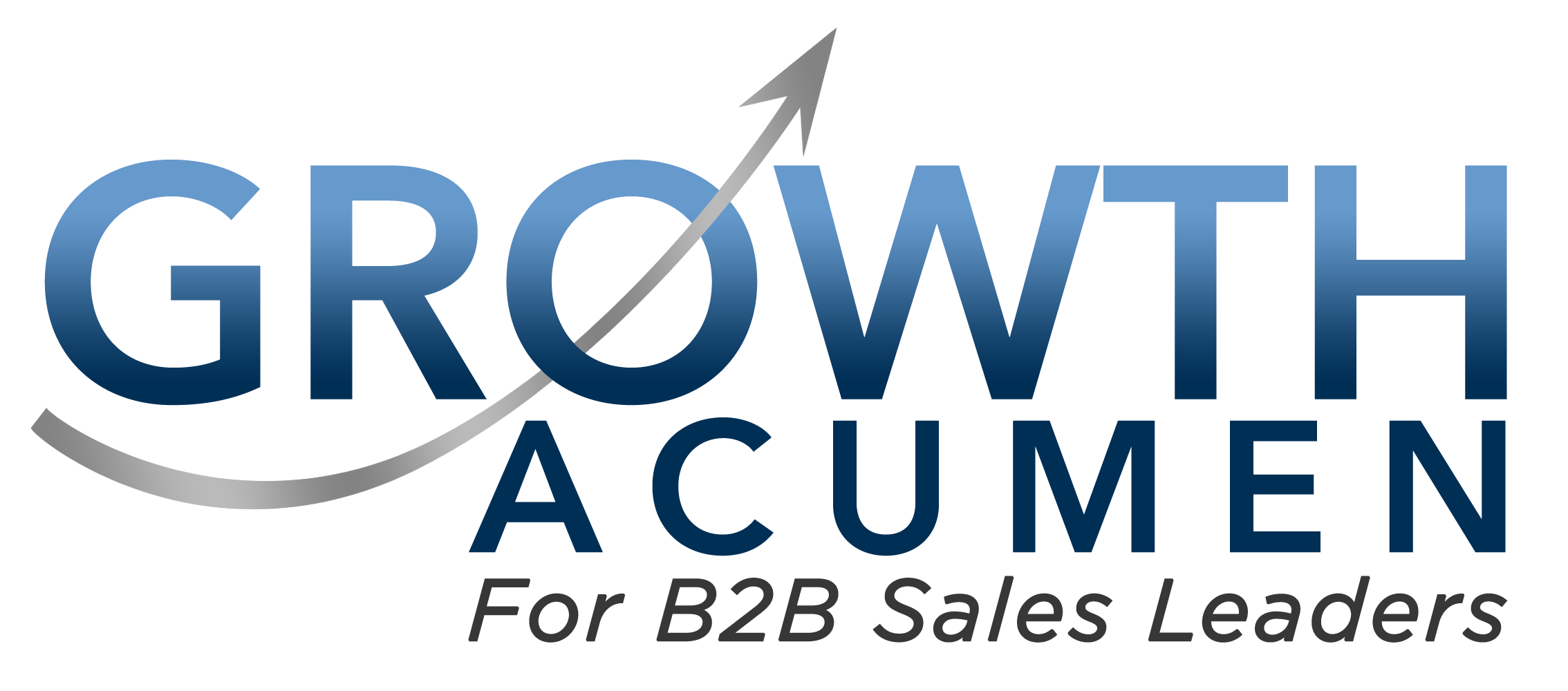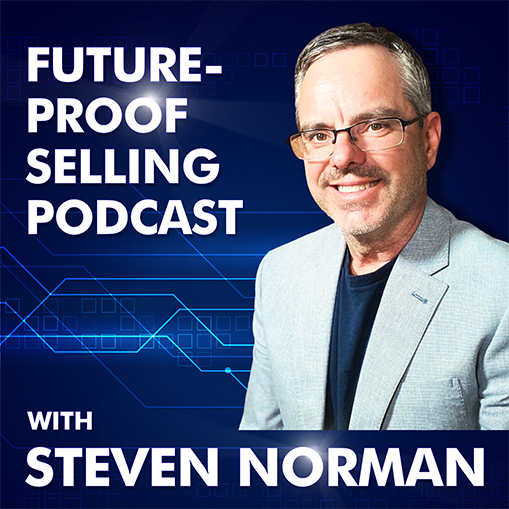
Chris Connelly Podcast Transcript: Why CX is Critical in Today’s Sales
Mr Chris Connelly is the VP for Customer Success Management at SAP Asia Pacific Japan. SAP serves over 425,000 customers in over 180 countries. Chris was formally the Customer Success Director for Salesforce, and also headed up IBM’s cloud consulting group.
As well as his deep experience in technology, Chris also served as a commanding officer in the Australian Army for two years.
Chris and I discussed a broad range of key customer success metrics and how to make the CX function really work for business. There are some great real world examples covered in our podcast.
Steven: Alright Chris, let’s get into it: you head up the customer success function, and in some ways that’s a relatively new function in our industry. Could you explain what it is and how it’s evolved in the last decade or so?
Chris: Yeah, sure. As you say, the customer success function is reasonably new in the industry, and it’s really evolved as the uptake of cloud software and software-as-a-service has exploded. One of the key attributes of software-as-a-service is it’s relatively easy to migrate from application to application, and so it’s essential that you keep your customers happy and keep them renewing, so one of the key measures to keep your customers happy and to keep them renewing is to create the customer success function to work with your existing customers. That’s why they customer success function has really exploded, along with the growth in software-as-a-service.
Steven: Yes. Chris, you mentioned the fact that SaaS is easy to migrate. Could you expand on that a little bit and explain, compared to the old software systems we used to sell?
Chris: Yeah, sure. As you said, I am currently at SAP, which is obviously known for its large-scale on-premises installations, and has been very successful over the last 50 or so years. But one of the attributes about the large-scale on-premises installations is once you’re committed you really are stuck. It’s very difficult to migrate from one ERP system to another, and your customers are really there for the long term, 10 years plus. In the cloud world your data is much more mobile, and migrating your data and your business processes from one cloud vendor to another cloud vendor is relatively simple. It’s not merely a flick of a switch, there is certainly effort involved, but it is much easier to migrate from one cloud vendor from another. And in each of the market segments there are a number of industry leaders, and we all have migration paths and tools to move from our competitors to ourselves, and vice versa.

Steven: Right, okay. So just like switching mobile phone companies: you take your number with you, you take your data.
Chris: Yeah. Maybe a little bit more involved than that, but certainly you’re talking about a month or two to migrate from one to another, rather than a year-long or years-long program.
Steven: Yes, absolutely. Is customer success separate to customer service, or are they wrapped up together?
Chris: They’re certainly intertwined, and there’s a couple of different models of customer success that we see in the industry. Probably the most common is where customer success is seen as a premium support model. Typically with cloud products you get basic level of support included with your monthly subscription, but if you want additional services, you want additional handholding, then you are provided access to the enhanced support, premium support, which is often known as customer success.
Steven: What does that support look like? What are customers buying into there? Are they getting some expertise, some expert attention?
Chris: I guess there’s a few things. If you look at basic support, it’s typically a break-fix type mentality, where the software isn’t doing what you want or you want to try something, so you log a ticket and it eventually gets handled. With a customer success manager, you get somebody who is immersed in the product, who is maybe very deeply technical or maybe a bit more of a generalist, but they are in front of you all the time, meeting with you, talking about the new features, new functions, understanding your business, and working out how the SaaS product can help you meet your business objectives. So they’re really providing that interface between what you’re trying to achieve as a business, and what the technology can do to help you achieve that.
Steven: So it’s a very proactive type of role.
Chris: Exactly. There’s always an element of reactiveness and ticket management if you like, for making sure the support tickets are handled in an appropriate way, but very definitely the focus is on being proactive and introducing new features and new functions.
Steven: Very good. So that’s the first model, that premium support model. What’s the other one?
Chris: The other model is where it’s more of a sales function, and that’s less common. This is where the customer success team is really seen as an adjunct to the sales team or the account executives and so on, once the contract is signed to continue that account relationship management. Sometimes customer success is also seen as an account relationship function as well, but that’s certainly less common than the premium support model.

Steven: How does the customer success function fit in with sales? Do you still generally have the sales team managing some relationship part with the customer, or does your team take over the whole team? How does it work?
Chris: Typically the account executives or the sales team are measured on new sales obviously, that’s why they exist, and the pressure is typically on them to close a deal as quickly as possible and then move on to the next deal. Often that means the customer is left floundering a little bit, because they’ve had all of the care and attention of the sales team, and then as soon as the ink dries on the contract they no longer see the account team. That’s where the customer success manager can come in and pick up that relationship, and the CSM might be allocated to a customer for 12 months, two years – maybe longer, but I personally don’t like CSMs being more than a couple of years with the same customer – so they are in place for the long haul.
In some models the CSM might have a sales target, or an upsell and a cross-sell target, and they’re perfectly positioned to do that, because they’re with their customer on a weekly on a monthly basis, they’re regularly meeting with the same people, and they’re very well positioned to identify those new opportunities.
Steven: So they’re equipped to manage ongoing sales opportunities.
Chris: Yeah. And once again it depends on the model, because there are many different models. At SAP for example, we don’t typically goal our CSMs with sales targets, our model is much more the premium support model, but there are certainly other cloud vendors out there where the CSMs have sales targets.
Steven: What are these customer success managers measured on or what is the group measured on? Is it customer satisfaction? Are we looking at more referrals and renewals and expansion?
Chris: The number one metric of just about every customer success team is customer satisfaction, and that’s typically measured either through a Net Promoter Score or just through a straight customer satisfaction survey. Every CSM that I’ve ever talked to has that as one of their key metric. The second key metric is renewals. And from a business perspective, the reason you have a customer success team is to ensure you have high renewal rates with your customers. So those two metrics would be universal across all customer success managers.
Some of the other metrics are , depending on which model you’re using for your CSM team, you might have a lead identification or any opportunity identification target, you might have a upsell and cross-sell target, but every CSM would have that renewal and customer satisfaction metric. And what we are seeing now is we’re increasingly seeing more data-driven metrics, so we look at the metadata that’s created by the cloud products, and then use that as a measure of adoption and consumption of those products.
Steven: Yeah, I was going to ask you what strategies, what techniques are you using to drive that, and you’ve just answered that a little bit. Could you explain a bit about that metadata, what you mean by that?
Chris: Yeah, sure. The key differentiation I want to make here is that typically a CSM will look at metadata, not customer data. You’ll look at how many times somebody logs in, you might look at how long they’re on the system, you might look at things like are they using the mobile version of the application or are they on the on-premises version. So those sorts of information about the usage of the product, but you wouldn’t look in and see what actual data you’ve entered during that session.
So increasingly we’re seeing what we call a health score; it’s called a few different names across the industry, but health score is probably the best representation. If you have a customer that’s 80% health score, then you’re pretty happy; if they’re 60%, you’ve got concerns; and if they’re below 50%, then you’ve got some serious action required. And the health scores are typically a rolled-up metric of adoption, consumption, utilisation and so on.
Steven: Absolutely – it makes a lot of sense. Because you do hear stories, and I’ve seen situations where a company has bought a 5,000-seat ongoing monthly license for a program and then only a thousand of the users are actually using the program, so that would be a concern.
Chris: Yeah, exactly. That’s a fairly gross metric, just how many people have logged in over the last month for example, but you can get a lot of refinement with these metrics. You can say if somebody has logged in once during that month, but when they logged in they were online for 10 minutes and then they logged out, and that can be an indicator of how actively engaged they are with the product. Whereas if somebody else is logging in every day, and they’re spending an hour or two hours in a CRM system or in an HR management system, then you know they’re actively using the product. So just a gross score of number of logins over a month is interesting, but there’s a lot more intelligence you can get out of the data that’s presented. [Stopped at 11:04]
…We leave the interview there for now. Follow the link below to listen to the full 20 minute podcast.
Listen to the complete Podcast with Chris Connelly.
Leave me your comments!






